Exploring the Deep Sea: Creatures of the Abyss Uncovered
The deep sea is one of Earth’s final frontiers. Beginning around 200 meters below the surface and plunging beyond 6,000 meters into the hadal zone, it’s a world of total darkness, freezing temperatures, and immense pressure. Despite these extremes, life not only exists—it thrives. From ghost-like predators to glowing invertebrates, the abyss is home to some of the most fascinating creatures on the planet.
What Is the Deep Sea?
The deep sea consists of the bathyal, abyssal, and hadal zones—depths where no sunlight reaches. Temperatures hover just above freezing, and pressure can be more than 1,000 times what we experience at sea level. To survive here, animals have evolved specialized adaptations, from slow metabolisms to light-producing organs.
Bioluminescence: The Deep Sea’s Natural Light Show
In the absence of sunlight, many deep sea animals have developed bioluminescence—the ability to emit light. Creatures such as the angler fish, vampire squid, and hatchet fish use light to attract prey, communicate, or camouflage themselves in the darkness.
Notable Deep Sea Creatures
1. Angler Fish
Known for the glowing lure on its head, the angler fish uses this adaptation to attract unsuspecting prey. The female is significantly larger than the male, which often fuses with her body in a rare reproductive process.
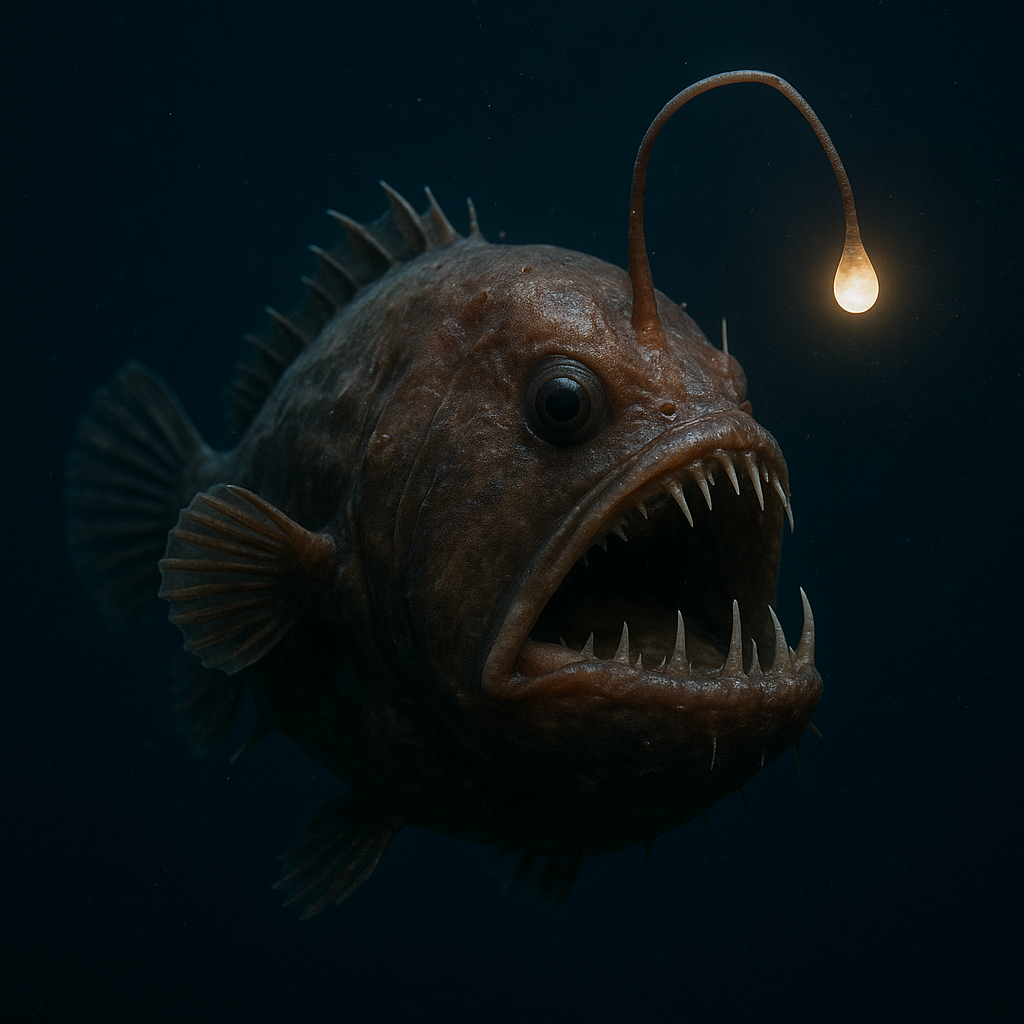
2. Giant Isopod
Resembling a massive pill bug, the giant isopod lives on the ocean floor and feeds on dead animals. Its hard shell and ability to go long periods without food make it a deep sea survivor.
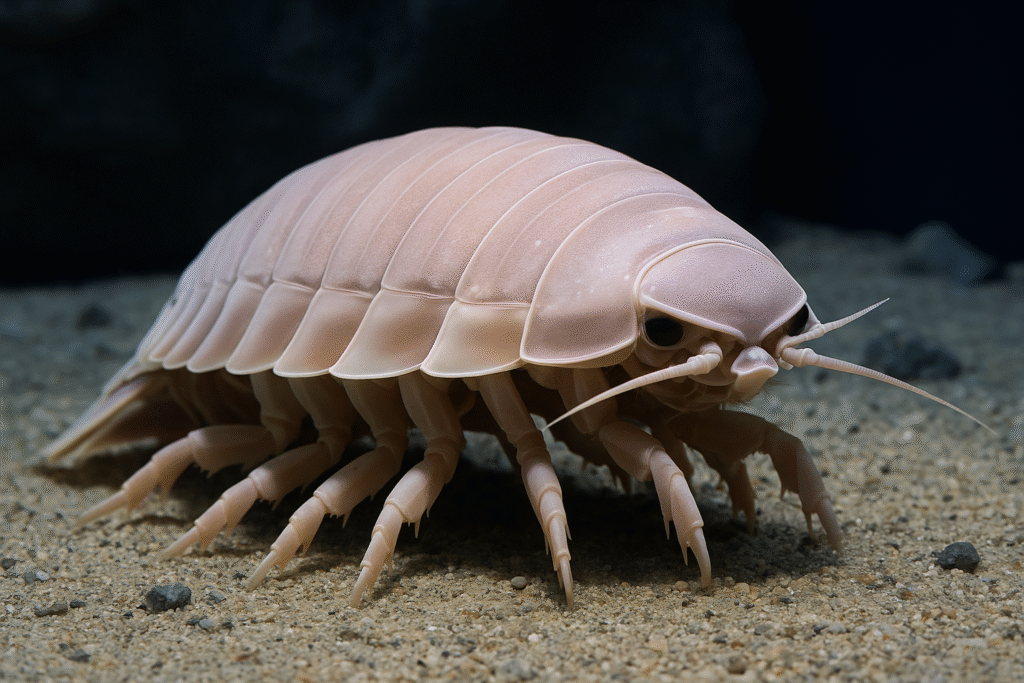
3. Dumbo Octopus
With its ear-like fins, the dumbo octopus is a soft-bodied cephalopod that floats gracefully through the deep, feeding on small crustaceans and worms.
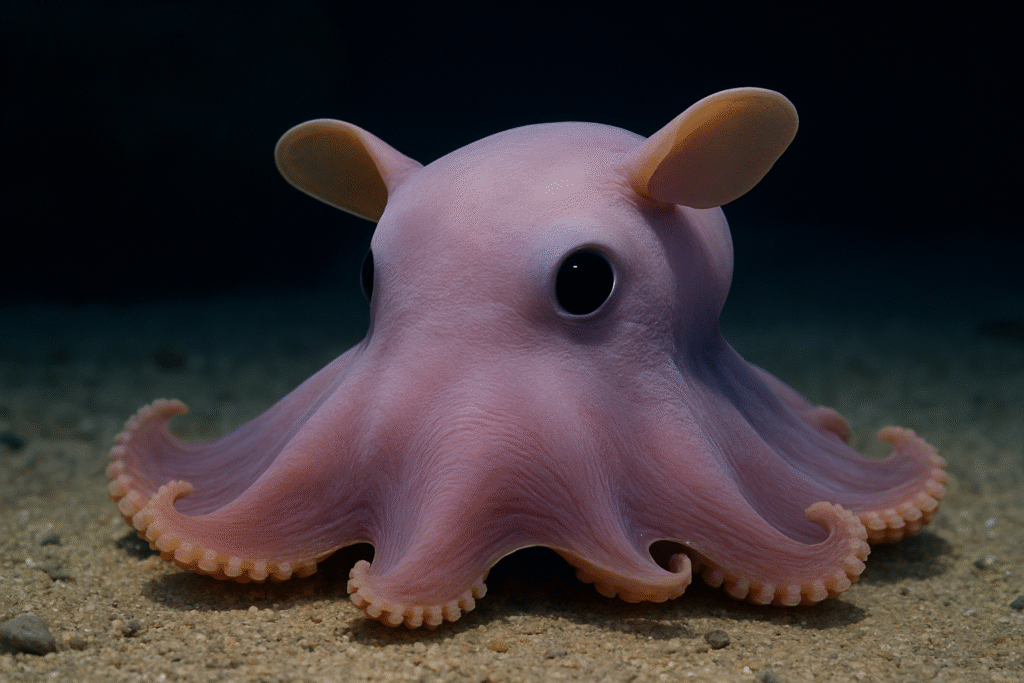
4. Fangtooth Fish
Despite its small size (only about 6 inches long), the fangtooth fish has enormous teeth and can live more than 5,000 meters below the surface.
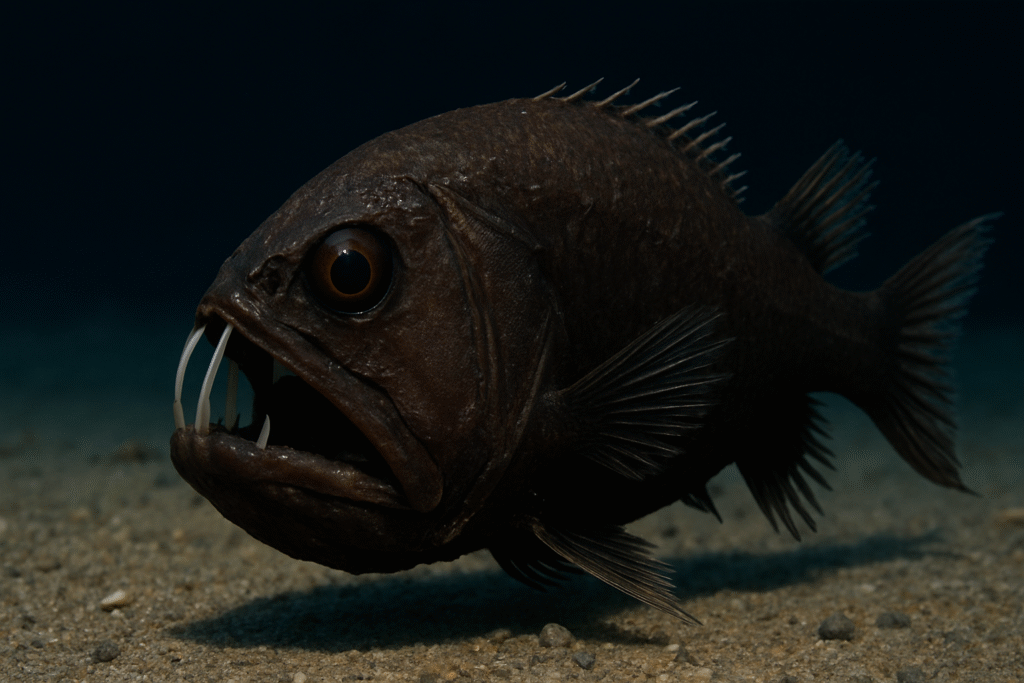
5. Gulper Eel
Also known as the pelican eel, this creature has a giant, expandable mouth that allows it to gulp down prey much larger than itself. It’s rarely seen, adding to its mystique.
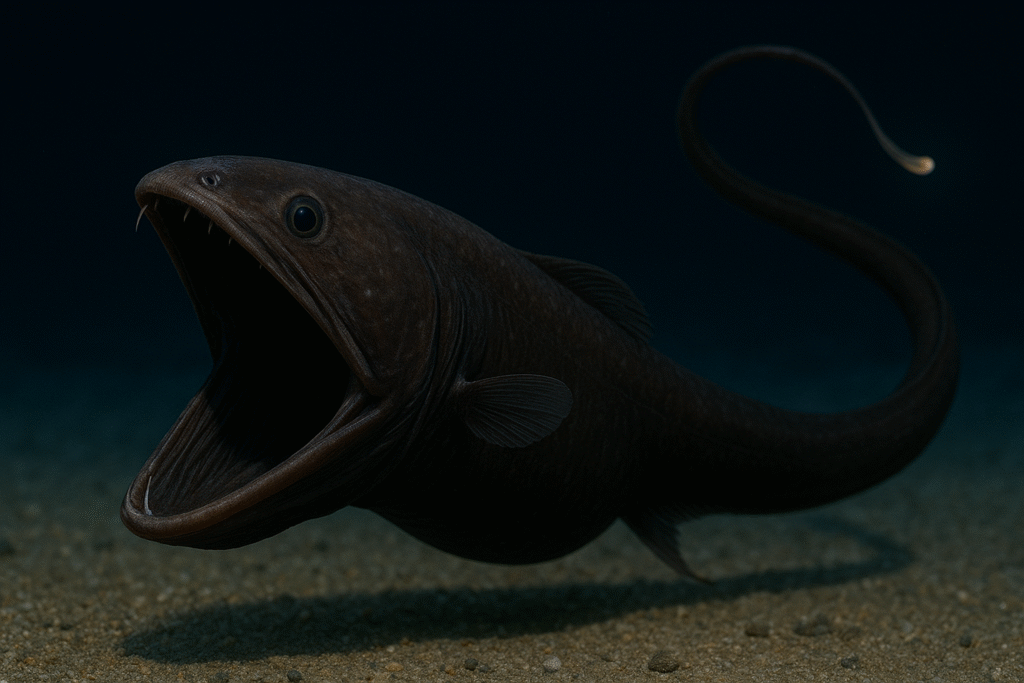
How Scientists Explore the Abyss
Exploring the deep requires sophisticated tools like remotely operated vehicles (ROVs) and deep-diving submersibles. These machines are equipped with high-resolution cameras, robotic arms, and sensors that allow scientists to discover and study new species and ecosystems in total darkness.
Why the Deep Sea Matters
The deep sea plays a critical role in regulating the Earth’s climate, cycling nutrients, and supporting biodiversity. It’s also a potential source of new medicines and technologies. However, this fragile ecosystem is increasingly at risk from deep sea mining, overfishing, and pollution.
Final Thoughts
The creatures of the abyss show us how life can adapt and flourish in even the most extreme conditions. With every new dive, researchers uncover species that challenge what we thought was possible. Protecting the deep sea ensures we preserve not just a part of the ocean, but an entire world of natural wonder.








